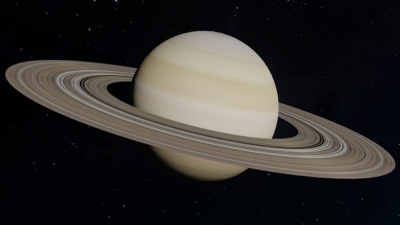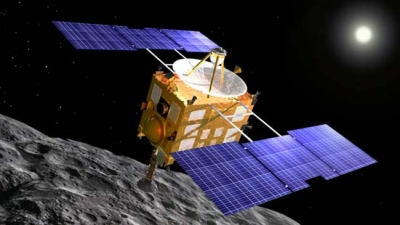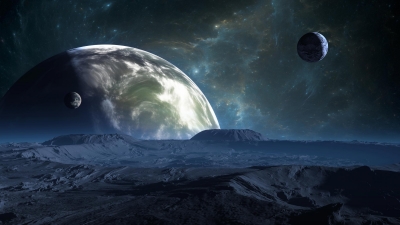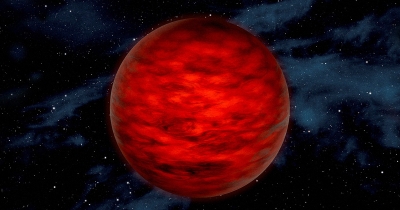What are dwarf galaxies?
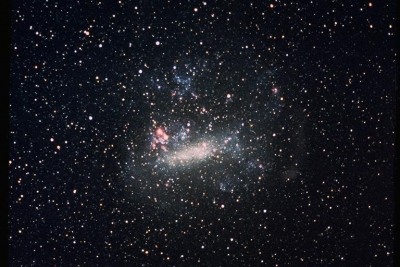
As their name suggests, dwarf galaxies are smaller galaxies. In contrast to a normal galaxy that comprises hundreds of billions of stars, a dwarf galaxy would contain just about a few billion stars. These dwarf galaxies orbit larger galaxies after their formation.
Formation of dwarf galaxies
The dwarf galaxies are created when two galaxies collide, fromed from the material and dark matter coming out of the galaxies that collided.
Following these collisions, while a significant portion of the gas, dust and stars emitted gets reincorporated into the galaxy created after the collision, some can lead to the formation of dwarf galaxies which then orbit around the galaxy. They are also formed by the gravitational forces existing during the creation of these larger galaxies.
Why are dwarf galaxies crucial
Scientists consider the dwarf galaxies critical as they could help gain insight into the early stages of the formation of galaxies and stars. According to scientists, our galaxy has about 14 satellite dwarf galaxies orbiting it.
Studies are being carried out on these dwarf galaxies as it would give us clues regarding the evolution of the galaxies. By studying the motion of the stars in these galaxies, we would also get to know more about dark matter and how it is distributed in the galaxies.
It is difficult to spot dwarf galaxies as they are less bright when compared to larger galaxies. A large number of them can be spotted in galaxy clusters or as a companion to larger galaxies.
Shapes of dwarf galaxies
The dwarf galaxies take several shapes. The dwarf elliptical galaxies are quite similar to normal elliptical galaxies.
Then there are dwarf spheroidal galaxies which are more spherical in shape and smaller when compared to the former.
Then we have the irregular dwarf galaxies. They do not have a distinct structure and are rich in gas.
One of the closest dwarf galaxies to the Milky Way is the Sagittarius Dwarf Spheroidal Galaxy.
Picture Credit : Google
